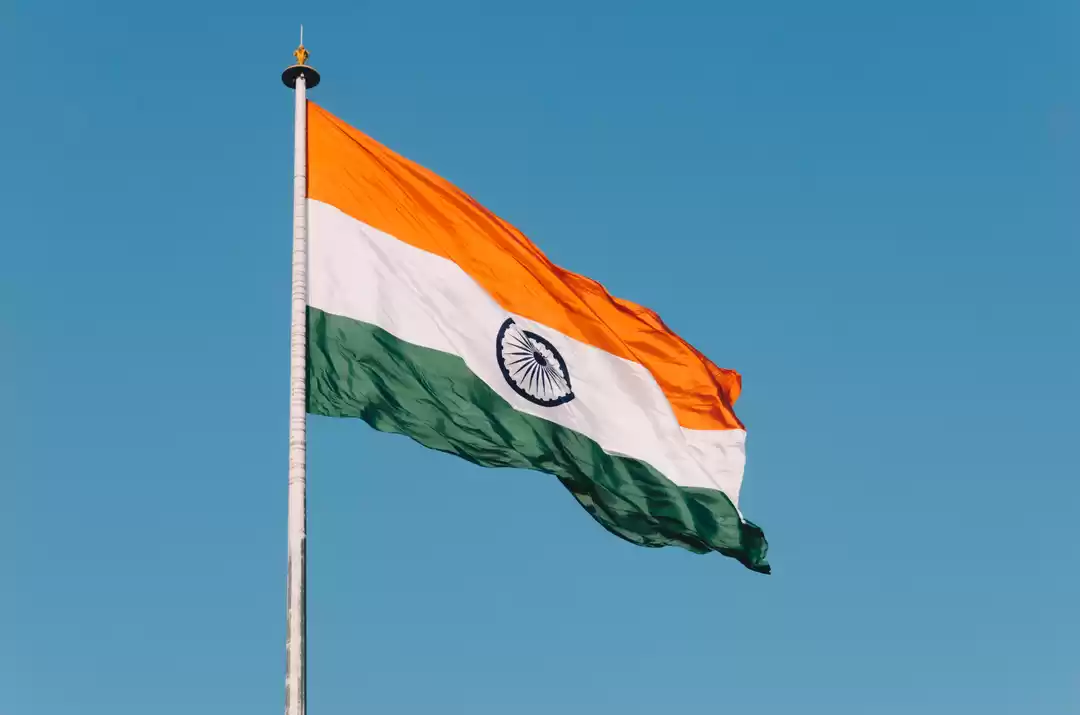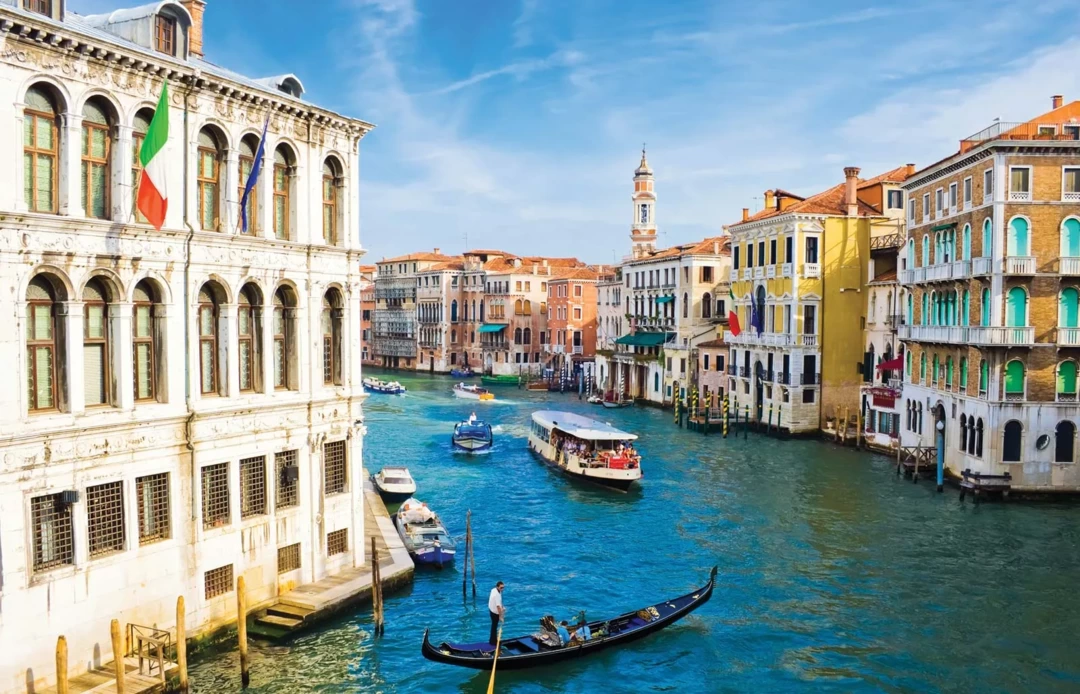
When planning a Europe trip, a lot goes through one’s mind. For starters, how do you move around the country or countries? Is it better to have a personal vehicle or can I manage with the incredible transportation system of Europe? You can choose your mode of transport depending on your requirements for the trip and how long will be staying.
Will you be going the “Zindagi Na Milegi Dobaara” way or the “Queen” way? If you plan to hit the tiny towns of Europe and laze under the European sun, it is the ZNMD way. However, if you are planning the city route do not shy away from the premium railway system of Europe. Check this to know more about how to plan a European trip on public transport.
Let us explore how you can have your ZNMD dream road trip come to life.
What Are the Requirements to Rent a Car in Europe?
For Indian license holders, you will need to get an international driver's license.
Along with this, you would need a credit card (note: NOT a Debit card, ONLY Credit) on which a caution fee would be put on hold.
You can add a second driver with a valid international driver's license, but do not need an additional credit card. There are extra charges to add an extra driver, but it is recommended. In case the non-added driver is on the wheel during an accident, the insurance will refuse to cover any damages.
Can I Rent a Single Car for a Trip to the Entire of Europe?
In most of Europe, you can drive a single car. Most car rental companies charge a cross-border fee for driving between Central and Western Europe to Eastern Europe or non-EU countries. In the Balkans (Albania, Bosnia and Herzegovina, Bulgaria, Croatia, Kosovo, Montenegro, North Macedonia, Romania, Serbia, and Slovenia), you need to get a permit that lets you cross over the border in the same car. This costs Rs 4100. In case you forget to get this, the fine can be exuberant.
What Are a Vignette and a Green Card?
A vignette is a sticker that you attach to your windshield that shows that you have paid the highway taxes. If you rent a car in a country that requires a vignette, you are already covered and the car comes with the sticker. However, if you drive a rental car into a country that requires a vignette, you will have to purchase it. You can find them at border crossings and gas stations. It costs around Rs 250 to Rs830, depending on the country. Failing to purchase this can cost you a Rs 5000 fine.
Countries that require vignettes include Austria, Czech Republic, Slovakia, Romania, Switzerland, Hungary, Slovenia, and Bulgaria.
A green card is a cross-border insurance card that proves that your car has at least the minimum level of insurance required. Most countries in the EU do not require you to have a green card. It is required in just a handful of countries, including Bosnia & Herzegovina, Albania, and Montenegro, just to name a few. In addition, cost around Rs250.
What Are the Rules for Different Pickups and Drop Off?
Some companies offer different pick-ups and drop offs but the extra fee depends on the distance of the drop-off.
Dropping the car off at a different location saves you a lot of time and unnecessary backtracking. However, there is a drop fee and this usually costs between Rs 8300 and Rs 25,000, and this can be upwards if there is a change in countries (up to Rs 83,000).
What Are the Companies That Offer Rentals in Europe?

Avis, Hertz, Budget, Europcar, and Sixt.
While all of them have great services, I prefer, Hertz and Sixt. They have great service, rates and comfortable cars.
There are local car rental companies too that offer cheap car rentals but have limited services like they have operations in a country where they are based or two. They can be a good option if you want to travel to a particular European country.
Make sure you rent a car with unlimited mileage. Sometimes there is a cap on the number of Km/day. Can be anywhere between 300 km/day to 700Km/Day. While the cars are cheaper with this constraint, the price per km after crossing the daily limit can be called nothing less than stealing.
Avis majorly has cars in this category and fails to inform you of this while renting. So the shock afterwards can be enormous.
If the idea of evaluating the price levels for various companies individually baffles you, try using price-comparison websites like Skyscanner, Auto Europe, Discover Cars, or RentalCars.com.
Pro-Tip: Don’t get tricked by the low rental quotes as they most likely have additional costs or fewer features. Please check the deal carefully.
What Are the Rules for Driving in Europe?
In all EU countries, there is left-hand drive and the majority of cars are manual. Ireland and the UK are right-hand drives like India.
Should I Get Renters Insurance Along With My Travel Insurance?
Yes! You should always get insurance along with the car. Make sure you cover everything even if it costs you some extra bucks.
P.S. for countries like Iceland, be extra careful and make sure to get insurance against sand storms.
What Is Petrol Called in Europe?
Europeans call it essence, petrol, or benzine. Regular unleaded gas is labelled as “95” at petrol stations.
Before You Rent, Ask the Following Questions:
1) What is the amount that will be held on your credit card?
2) What is the fuel policy on return? Do they accept empty tanks and charge for the fuel, and how? Alternatively, do you need to fill the tank before dropping off?
3) What kind of cancellation policy do they have?
4) What are the charges of drop off in another location in case of emergency?
Now, go be Imran and rent the dopest car Europe has to offer, kyuki, Zindagi na milegi dobaara!
Comment and let me know if you have any further questions.
.
.
.
For more such travel tips, follow me on Instagram.
Ready to travel for free? Earn credits and redeem them on Tripoto’s weekend getaways, hotel stays and vacation packages!






































